How to Capture Your Home in Its Best Light
So much living happens in a home that we can easily forget its beauty and character outside of daily routines. The house is nearly living too, as history and relationships are encoded in the personal world that those who live there have created. In photographing our homes, we’re invited to view the familiar with fresh eyes and capture the dynamics of our environment. We can observe color and texture, light and shadow, the flow of spaces and the way that people move, feel and express themselves in them to capture meaningful and lasting impressions.
Whatever camera you’re using, you can take beautiful and compelling images that reflect the spirit and nature of your home and life. Here are 10 tips to help you take your photos to the next level.
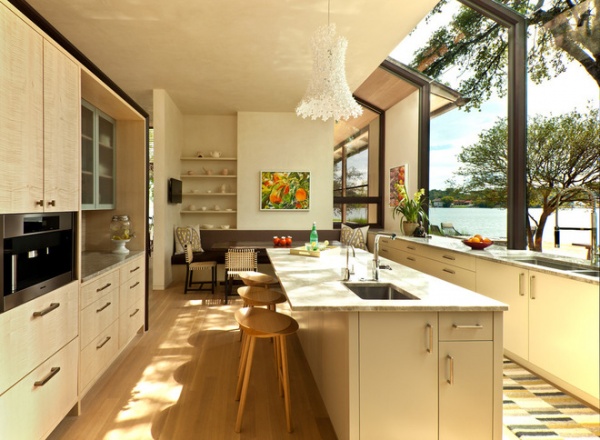
1. Read the light. Observe how the light changes in different rooms over the day and into the night. Highlights draw the eye, and shadows can reveal depth and dimension, but if either is too dominant, you might be missing details that are desirable. Adjust the blinds or curtains; look at the effect of lights on and off. Experiment with the camera’s settings to find an exposure and a look that feel good for you. Try mixed light sources — cool/warm, sunlight/tungsten or sunlight/flash. So much is possible, and there is no right or wrong.

2. Experiment with composition. Experiment with wider shots and closer shots. Look from a different angle. Consider visual harmonies and curiosities in color, lines and texture. Can you vary the focus to bring attention to different aspects? Depending on your objectives, you may settle on a consistent look and tone, or choose to vary it.
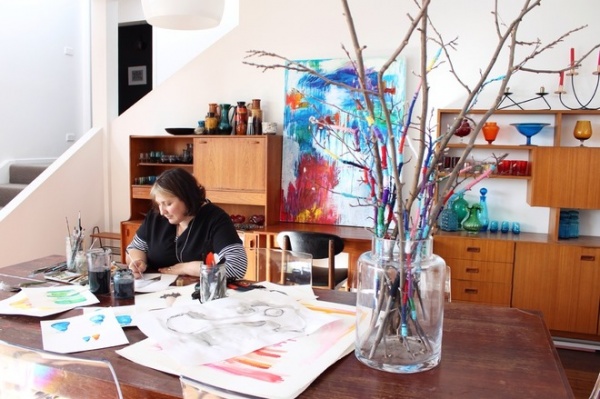
3. Move! Don’t be afraid to move around the space and subject to see things differently — crouch, lean, perch, lie down, stand closer or farther away. Think big, small and sideways.
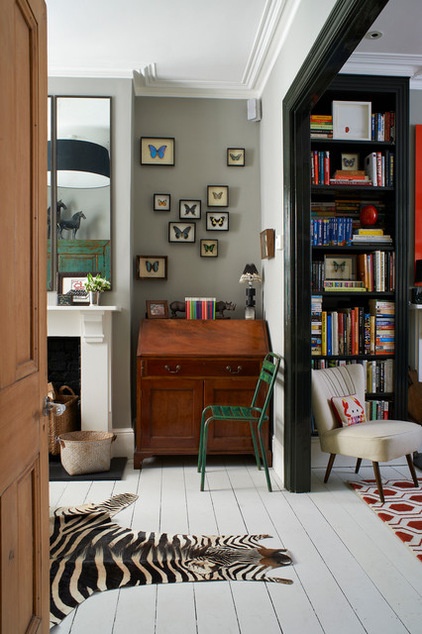
4. Look through to a room and see around it. For a more documentary feel, try looking from outside the space you’re photographing — for instance, from a hallway or through a window. This can yield interesting results, creating frames within frames and greater dimensionality.
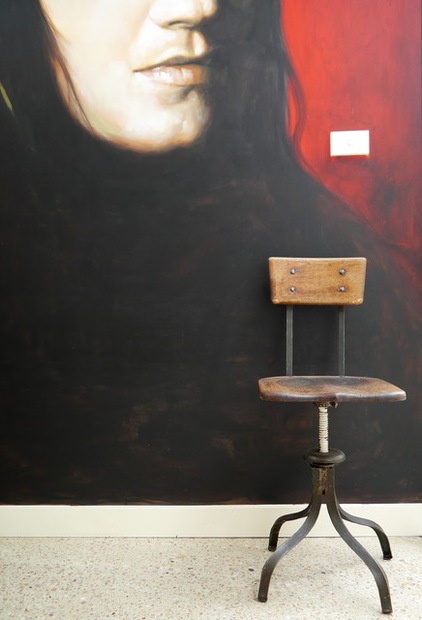
5. Don’t be a slave to symmetry. The mind naturally prefers symmetrical images, in which the elements are even and in balance. However, consciously working against symmetry or offsetting it, particularly in medium-distance or closer shots, can be interesting and bring more of your way of seeing to the home and pictures.
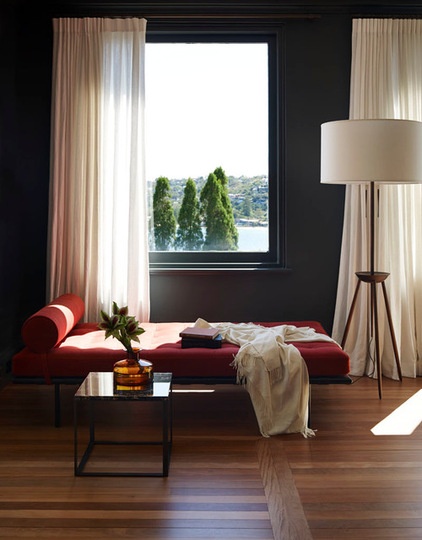
6. Think about image resolution. Consider what you would like the images to do. Do you want to print them? Frame or publish? Are they only for electronic and social media? The higher the initial photo resolution, the more options you will have for better image quality across a variety of media.
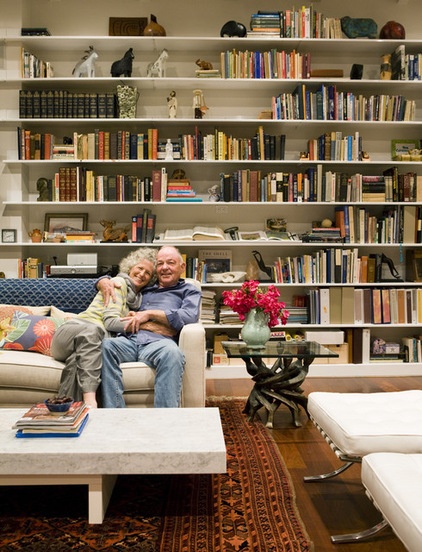
7. Consider the environment and people. What surrounds a subject in a photograph can express a lot about them; it is a kind of dialogue. Think about how the immediate environment or location relates to the person you’re photographing and what kind of background and detail would be most meaningful (or entertaining).
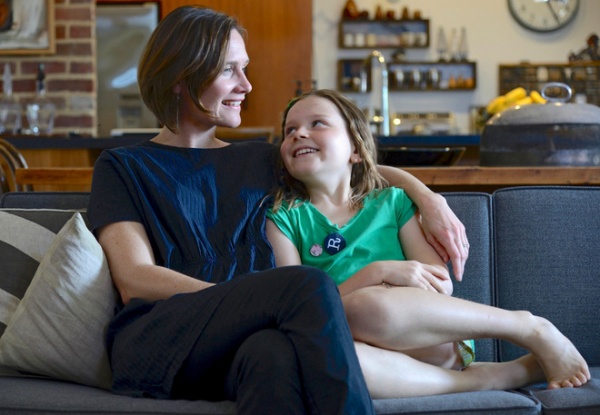
8. Create ease with portraits. One of the lovely aspects of photographing people in their own home is the familiarity they feel in their surroundings. Nevertheless, not everyone is comfortable with a camera fixed on them. Encouraging your subjects to talk about something of interest (camera in hand) can help minimize their self-consciousness in the case of a posed portrait. Often the more natural, personal moments come when someone’s attention is elsewhere for a moment. Be ready to capture those moments.
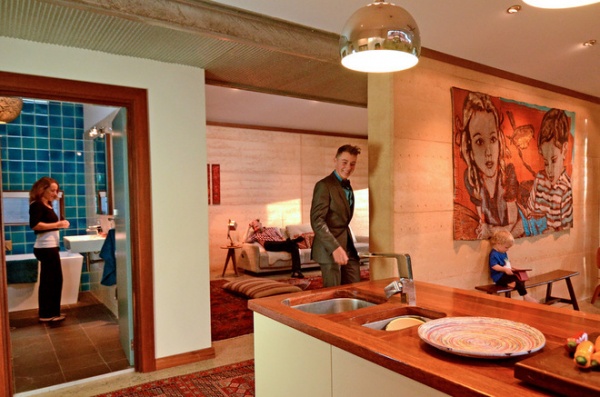
9. Observe things as they happen. Photographing people engaged in activities, movements or interactions can produce the most candid and telling portraits and stories. Whether people are working, playing, cooking or socializing, the stuff of daily life is rich and revealing.
For greater depth and complexity, you can vary your perspectives to tell more of a story with a mix of wider establishing shots, observational portraits and closer shots and “cutaways” of particular details: a glass in the hand, vegetables being chopped, the fire burning brightly.
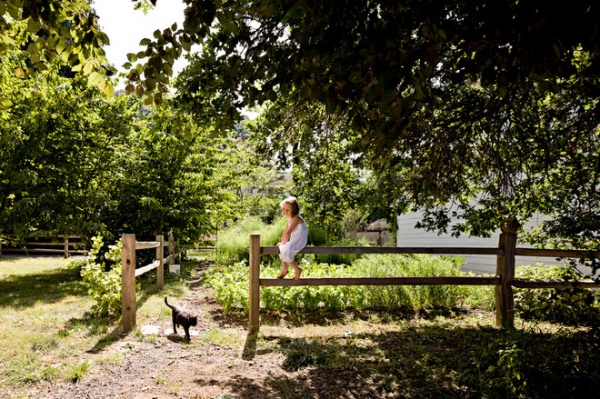
10. Remember the pets. If you have them, you already know: Animals are as much a part of the life in a home as people. It’s not easy to “direct” your pets, but you have a personal relationship with them and the benefit of their trust. And you know their routines and favorite places. There are many natural scenes between pets and people in the course of each day. And if your dog or cat (or pig or ferret) wanders unexpectedly through the frame, go with it. They are a part of it all.
Tell us: How do you capture life’s precious moments at your house? Share your photos and stories in the Comments section.
More:
Architectural Photography: Composition Is Key
Attract Home Buyers Easily With Great Photography












